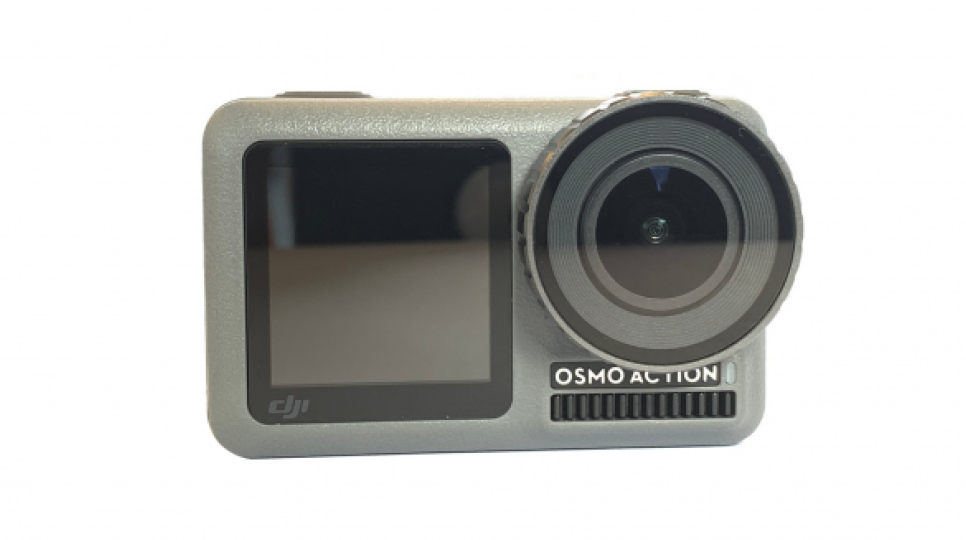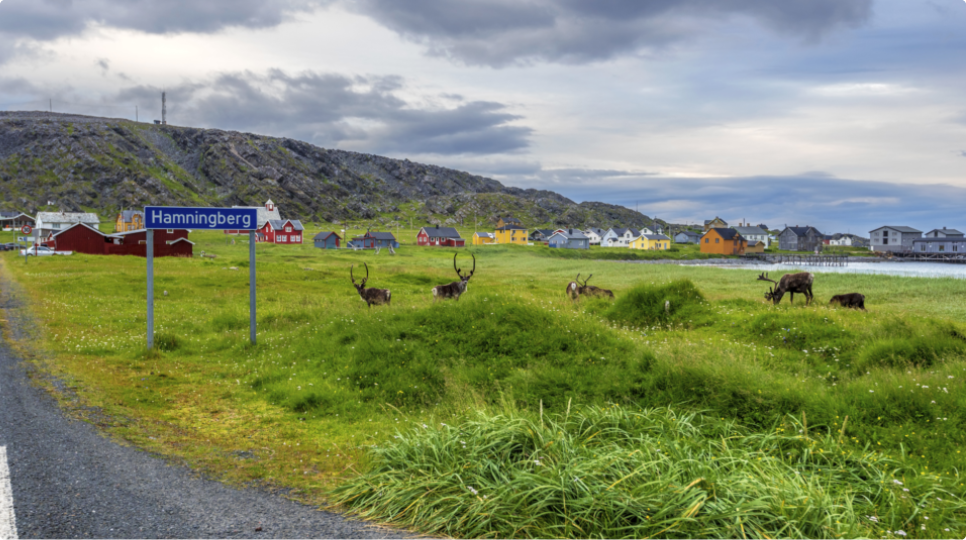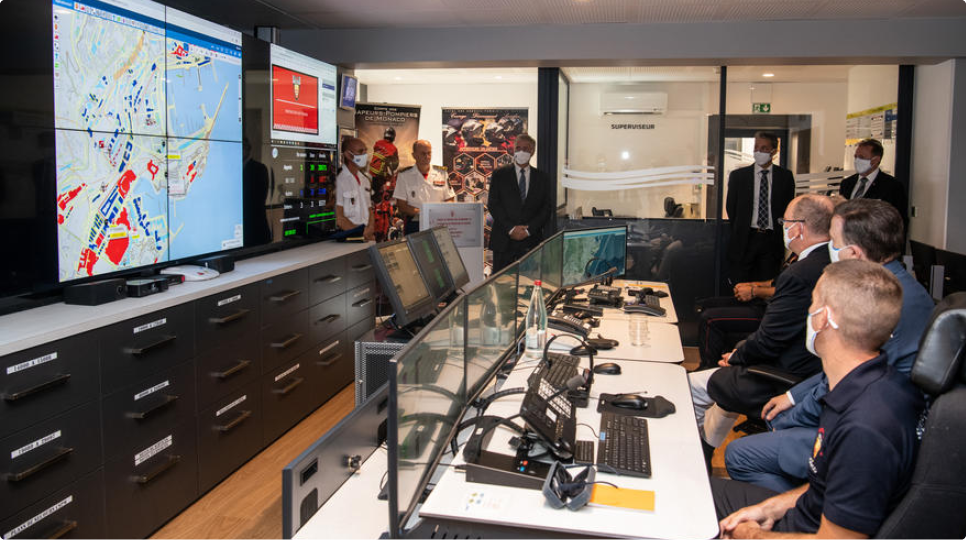Videolink a standard in 12 Norwegian fire emergency call centres
Norway is the first Scandinavian country to obtain a common solution for receiving live video when calls are made to the emergency services number 110. Twelve Norwegian emergency call centres covering almost the entire country are now using the system.
The Videolink and IncidentShare product, which is supplied by Bliksund AS, has become a reliable aid for the so-called ‘110 centres’ of the Norwegian fire services.
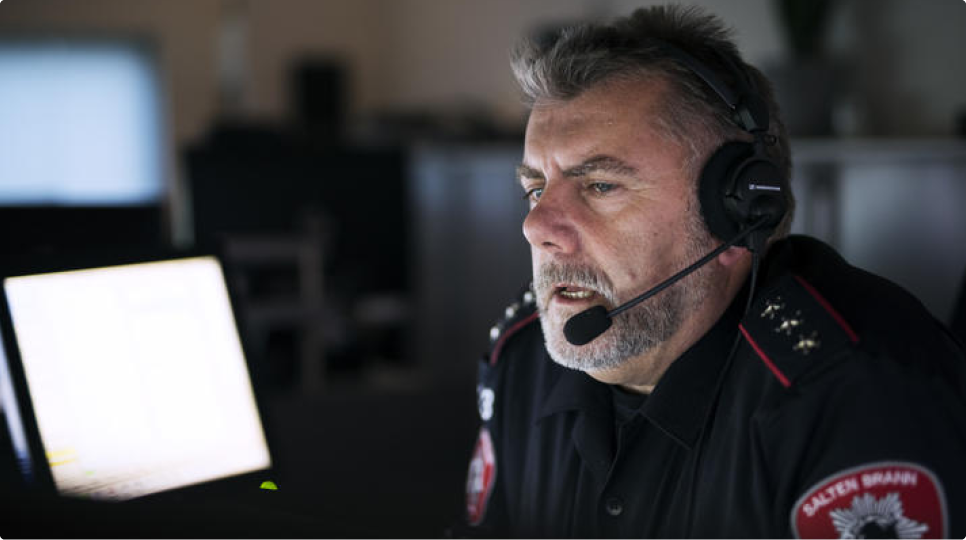
1-1-0 Emergency Calls
Videolink is a product with which most Norwegian 110 emergency call centres are familiar. Today, as many as 12 Norwegian 110 call centres use the product developed by the Bliksund AS. The company is a market leader in secure video solutions for emergency, police and health authorities.
Videolink is a user-friendly system that helps to quality-assure calls to the 110 centres.
When a citizen reports a fire or an accident that requires the assistance of the fire service, the operator can send a text message to the caller with a single tap. The SMS allows the emergency call handler to watch live streaming from the caller’s smartphone.
Early visual information can be crucial when an accident occurs, and it creates greater security for both the emergency call handler and the caller while ensuring optimal utilization of the fire service’s resources.
How does it help the fire department?
There is no doubt that Videolink has become a good tool for the call handlers at the 12 emergency call centres. The technology also allows video images to be sent directly to the emergency vehicles, which has proven to be extremely useful for the fire crews, as they can thereby receive a situation picture of the incident even before they arrive on the scene. The call handler can choose to send live streaming from the caller’s phone to the vehicles heading for the scene of the accident.
As we all know, a picture can say more than 1,000 words. Confusion can easily arise during a phone call, either because of misunderstandings or because people attach different significance to things when they do not have the same situation picture. It is therefore important to quickly establish a common understanding of the seriousness of the situation.
When there is a call to the 110 centres, the call handler can send a text message to the caller if there is any doubt about what is being communicated on the phone. In this way, the call handler, with his or her background in the emergency services, can better assess the danger of the situation and how it may potentially develop, as well as undertaking an assessment of what is less dangerous, or conditions that the caller has not been aware of. This gives the call handler a better basis for deciding how to allocate resources and deal with the problem. In addition, to live streaming, the caller can also send photos or video recordings – for example, if the mobile coverage is poor, or extra-high image quality is needed.

At Salten Brann Fire Department, we have in recent years focused on using video in connection with our call-outs and incidents, in order to obtain the best possible understanding of the situation and thereby better utilise our resources. But video has also become an important tool after an incident, where focus is on learning and improvement.
Over the past few years we have been active in both testing and development phases in co-operation with several fire services and 110 emergency call centres, for example in “Øvelse Nord”. We have also used video during real incidents, which has provided us with valuable knowledge that contributes to the further development of our video solutions. So it is naturally gratifying for us to see that this is now spreading to other parts of Norway, as it ensures further development and shows that the ideas and thoughts we initially had about the use of video were not entirely misplaced.
Per Gunnar Pedersen, Fire Chief at Salten Brann IKS
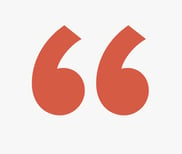
At one point we received a call about smoke in the forest. At the time, we were very much in doubt about the caller’s explanation and suspected that he might be under the influence of drugs or alcohol. But when we got him to stream video, we saw with our own eyes that there was thick smoke emanating from the forest, so we chose to send additional resources with the first response.
Morten Frantzen, Emergency Operator at 110 Hordaland
What are the experiences so far?
But the system has proven its worth in more than just emergency calls. SMS-to-Video has also proved to be a powerful tool in connection with the fire service’s other tasks. Videolink has for example been used many times to reset ABA systems, allowing false alarms to be remotely dealt with, and thereby saving time and resources.
The twelve Norwegian 110 centres believe that the investment in an Videolink solution has been a success. The call handlers have become familiar with the system after a very brief period of training and can use the solution for far more tasks than was initially expected. Some call handlers even speak of a new era for call centres – before and after the possibility of caller video.
The solution thus provides extra security for both the call handler, the firefighters on their way to the incident, and the inhabitants of the 12 districts served by the 110 centres.
All of the fire services in the 110 districts that have the system now also have the opportunity to use the platform to live stream from their own crews, e.g. via helmet cameras, vehicles, drones, body cameras, etc., and several 110 districts are already taking advantage of this.
In the East 110 district, for example, several drones have already been connected to the solution, as well as video from fire service vehicles.
 Our call handlers obtain a good insight into the incidents when, for example, we receive drone videos or video from the fire department dashboard cameras. The crews on their way to the incident also have access to the video. In this way, we can ensure that everyone has the best possible common understanding of the situation.
Our call handlers obtain a good insight into the incidents when, for example, we receive drone videos or video from the fire department dashboard cameras. The crews on their way to the incident also have access to the video. In this way, we can ensure that everyone has the best possible common understanding of the situation.
Bjørnar Nyblom Kristiansen, Technical Development Officer, Øst 110-Sentral IKS
